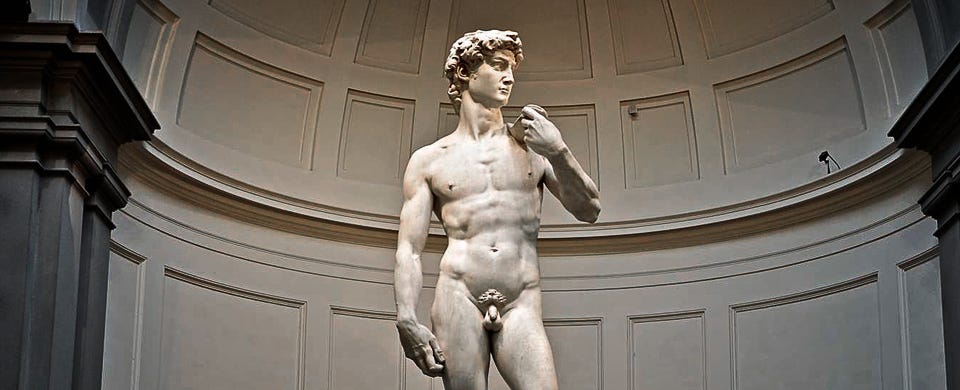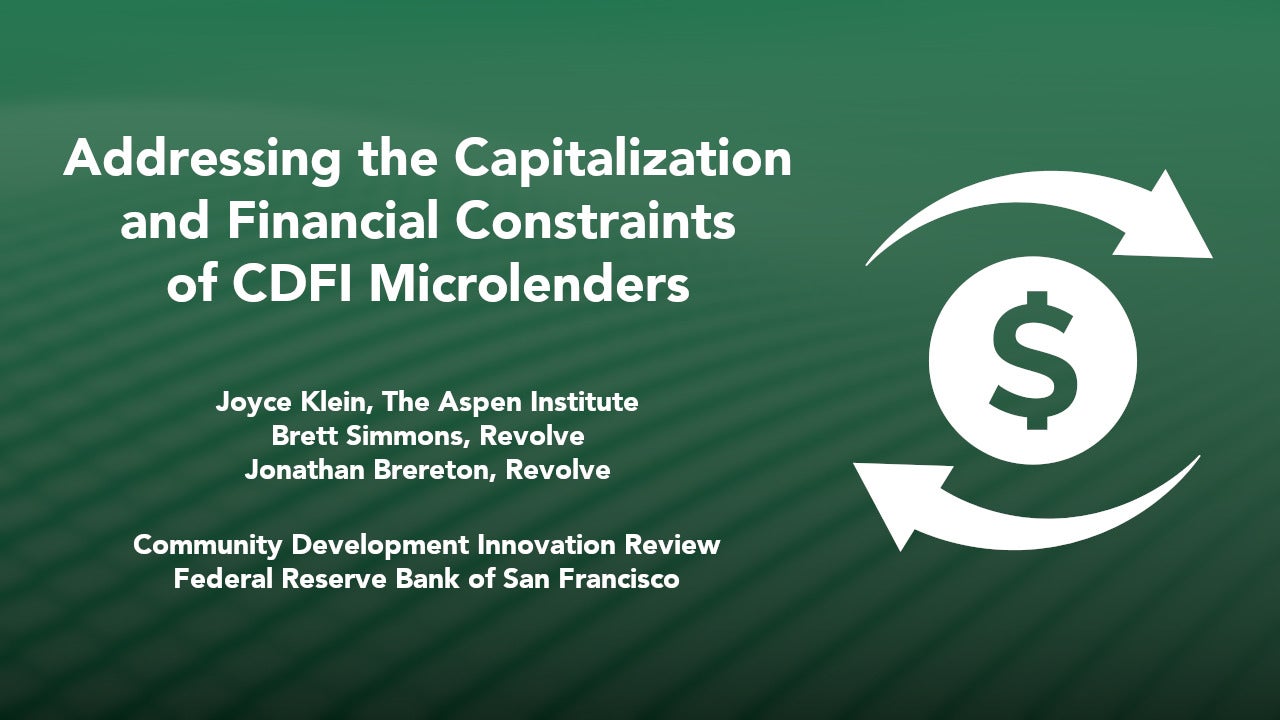
Want Some Creativity? Crank-up the Constraints
Research on creativity and innovation provides an enlightening perspective on constraints. On first blush, it may seem that imagination will flourish when “anything goes.” Yet virtually all creative feats are accomplished by people, teams, and organizations that face challenging and immovable constraints. Much of the famous art created during the Renaissance in Europe, for example, was commissioned by benefactors — usually the church and governments — that bound artists to contracts that stipulated many details, including materials, colors, and sizes.
You’ve probably seen pictures of Michelangelo’s famous statue of David, and perhaps you’ve visited it at the Accademia Gallery in Florence. The statue was started, but never finished, by Agostino di Duccio in 1463. Michelangelo was hired in 1501 to complete it. The contract mandated that he finish it within two years. It also specified how the statue should look and be positioned. Within those guidelines (and the limits imposed by a hunk of marble that had been partially sculpted almost forty years earlier), Michelangelo was able to sculpt many nuances as he saw fit — and ignore many critics, including a government official who pestered him to make David’s nose smaller. The result was the Renaissance’s most famous sculpture — renowned for its great size and the striking contrast between David’s intense facial expression and his relaxed, almost nonchalant, pose.
Celebrated architect and furniture designer Charles Eames asserted that “design depends largely on constraints,” that an innovator’s “willingness and enthusiasm” to work within and around unchangeable elements determines success or failure. It isn’t a question of whether there will be constraints; it is a question of whether people have the will and skill to find ways around the constraints and transform them into virtues. (See this great old post by Diego Rodriguez for more on Eames love of constraints: Eames argued that “Design depends largely on constraints”).
Leave a Comment
Related Posts





















